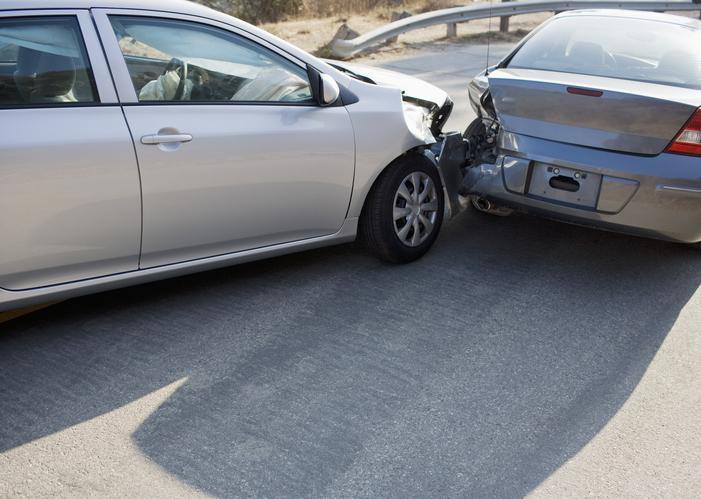
Determining Who Is at Fault for a Rear-End Collision
- posted: Dec. 20, 2023
- Personal Injury
A rear-end car accident occurs when one vehicle collides with the back of another, usually after the lead driver has slowed or come to a halt. These are among the most common types of collisions on the road and can result in serious injuries. In a lawsuit seeking damages, fault is usually placed on the trailing driver. However, there are situations in which the lead driver might be found partially to blame.
The most frequent causes of rear-end collisions are these actions by trailing drivers:
- Tailgating — Drivers are expected to maintain a safe distance between them and the vehicle ahead. Following too closely leaves the trailing driver too little time to react to a slowdown. There should be at least three seconds between the time the lead vehicle and trailing vehicle pass the same stationary object.
- Failing to adjust for driving conditions — A New Jersey statute provides that a reasonable following distance depends on the speed of traffic and the condition of the highway. Stopping distance can be greatly altered if there is snow or ice or if the road is in poor repair.
- Distracted driving — Texting, using a GPS app, eating, drinking or adjusting dashboard controls can all divert a driver's attention from traffic ahead.
The basis for presuming the trailing driver to be at fault is that he or she had the last clear chance to avoid the accident. However, New Jersey applies the rule of comparative negligence, which means that fault can be shared. The lead driver may bear part of the liability for these types of conduct:
- Sudden slowdowns or stops — Making an unexpected stop or drastic slowdown that is not warranted by road or traffic conditions can shift part of the fault to the lead driver. This is especially true when the incident occurs on a highway where traffic is moving normally.
- Driving without working brake lights or hazard lights — A common cause for rear-end collisions is a lack of functioning brake lights on the lead vehicle or on a trailer it is pulling. Not using hazard lights when moving well below the speed limit can also contribute to a collision.
- Brake-checking or sudden reversing — Aggressive behavior such as brake-checking (suddenly slamming on the brakes) or reversing gear unexpectedly can make the lead driver partly at fault for the accident, even if the trailing driver was following too closely.
If you have been injured in a rear-end collision, you should call 9-1-1 promptly. Gather information, including driver and vehicle identification. Take photos of the vehicles and the accident scene and get contact information for any witnesses. Seek medical attention as soon as possible. Then contact an experienced automobile injury attorney who can assess your ability to recover damages.
Seigel Law in Ridgewood focuses exclusively on personal injury recovery. We represent injured accident victims throughout northern New Jersey, including Bergen, Passaic, Essex and Hudson counties. Call us at 201-444-4000 or contact us online to schedule your free consultation.

